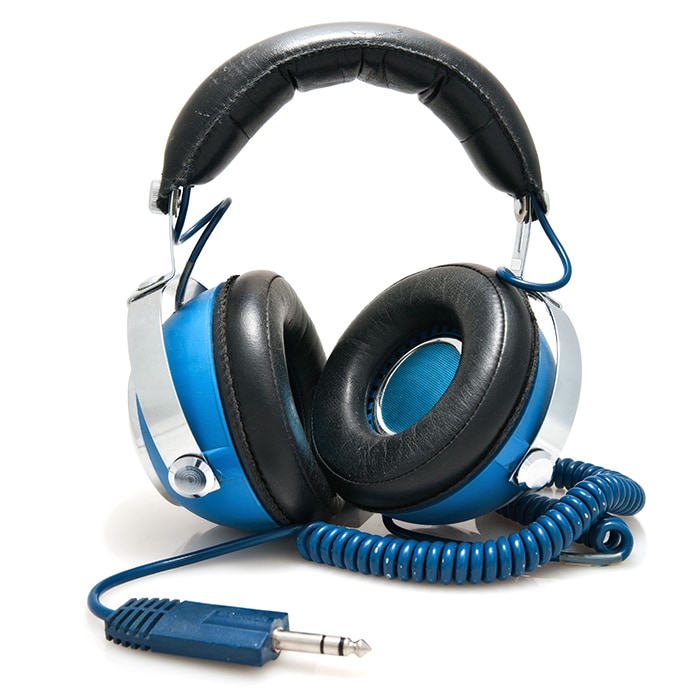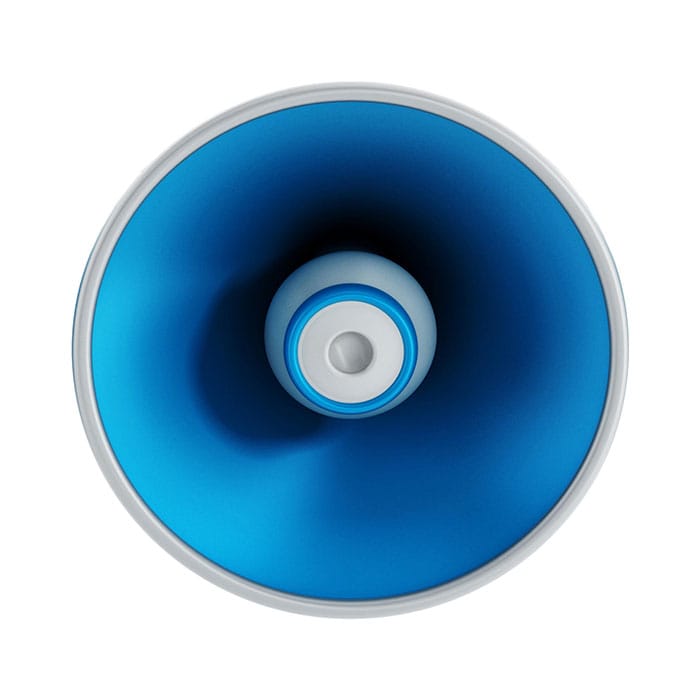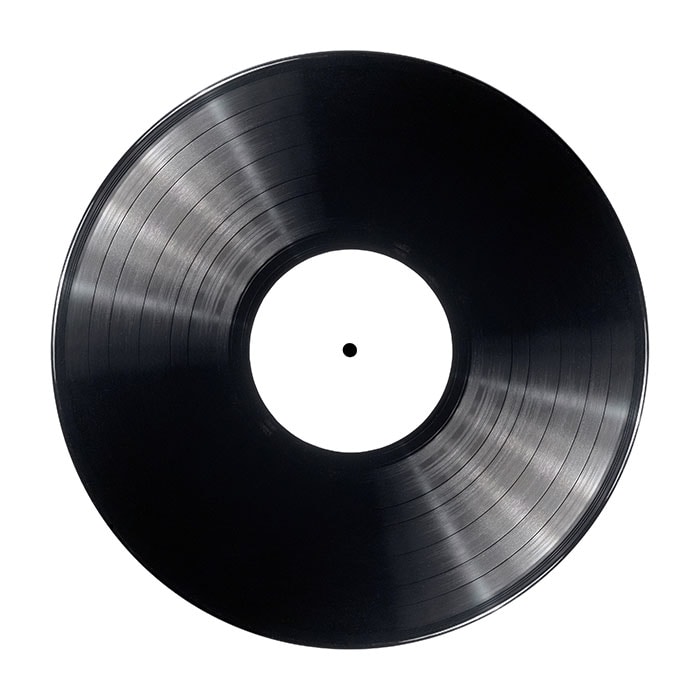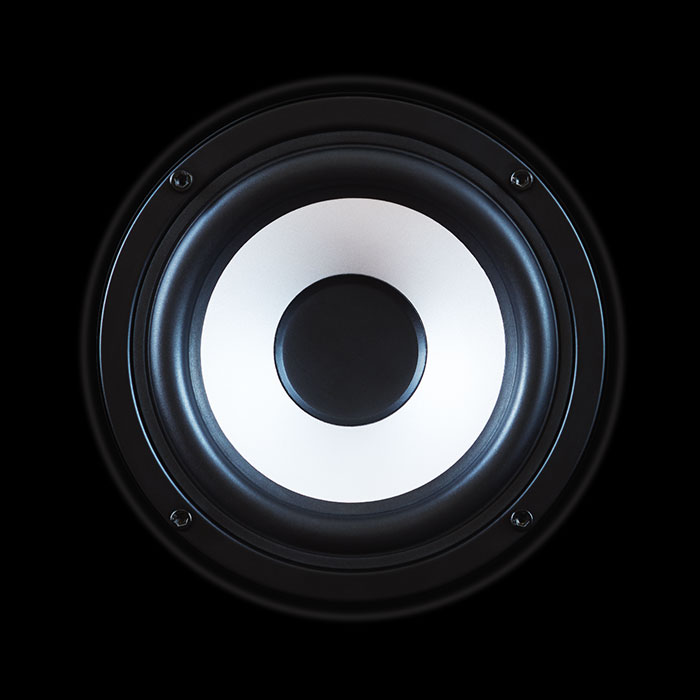Five questions about audio eDiscovery technology has been saved

Perspectives
Five questions about audio eDiscovery technology
Discovery Insights
Read the interview with Steve Nygard, managing director, Deloitte Risk & Financial Advisory and Erin Franklin, Deloitte Risk & Financial Advisory senior manager in the Discovery practice of Deloitte Transactions and Business Analytics LLP.
Explore content
- Download the report
- What is audio eDiscovery?
- Why is there growing urgency?
- How does audio eDiscovery enhance discovery?
- Do limitations exist?
Five questions about audio eDiscovery technology
Today, optical character recognition (OCR) systems are invaluable tools for corporate legal departments and outside counsel, but they weren’t always so. In their nascent stage, they were considered finicky, error-prone tools. Audio discovery technologies—tools for capturing and examining audio records in regulatory discovery—are at an analogous early stage of development. Although not yet widely used, audio discovery technology is now available that can help respondents control the increasing cost of regulatory discovery while speeding the process.
What is audio eDiscovery technology?
Audio, whether freestanding or embedded in video, can be subject to legal discovery, whether in a regulatory investigation or a legal matter. Voicemail is a frequent focus, including mobile device mailboxes. Audio files can be captured from the corpus of data subject to discovery or be accessed after having been identified as potentially relevant.
While standard data files—such as emails and word processing documents—can be easily indexed to enable keyword search, voice recording systems do not typically support similar indexing of audio files. So, in the past, files had to be manually reviewed and tagged for production based on crude date-range and device information—a time-consuming, costly, and subjective process.
Audio eDiscovery technology enables indexing, transcribing, and searching of audio files. Deloitte’s Audio Assistant tool, for example, integrates with the suite of tools built on kCura’s Relativity eDiscovery platform. Audio Assistant capabilities can be used during the normal course of discovery, as well as applied to large discovery matters prior to hosting in Relativity.

Why is there growing urgency to address audio?
Expanding regulatory demands and growing compliance costs are combining to bring audio to the forefront as a discovery concern. A typical midsized discovery proceeding might yield 1,000 to 5,000 audio files in need of transcription. On average, a transcriber can take three to four hours to transcribe one hour of audio.
Today, historical barriers to including audio in discovery, such as data-hosting costs and lack of central data-management systems, are diminishing. The continuing improvements in voice-to-text transcription technology, and its expanded availability, have not gone unnoticed by regulators. “We can’t handle audio files” is no longer an acceptable response to regulatory inquiry.

How does audio eDiscovery technology enhance discovery?
Audio eDiscovery technology can reduce the time required for transcription by as much as two-thirds, while providing consistent, accurate results. In Deloitte’s deployment, the technology is built into the Relativity work stream, facilitating the application of analytics to transcribed text. These capabilities, coupled with continuing decline in the cost of automated transcription, are likely to further demonstrate the viability of transcription solutions, and in doing so intensify regulatory demands for audio discovery.

Do limitations exist on the use of audio eDiscovery technology?
It is important to note that audio eDiscovery technology is not a replacement for human review and analysis. Instead, it is a “firstpass” tool to help reduce the time and expense of discovery by determining if the audio in question is relevant and thus needs to be investigated further.
Also, audio transcription is a “best effort” technology; audio quality largely determines transcription quality. Technical issues, multiple people speaking at once, phonetic similarities, and other factors can affect transcription quality in much the same way they affect the performance of personal assistant technologies in use today. As with any emerging technology, sometimes it works well, while other times it demonstrates the need for continuing improvement.

What is the future of audio eDiscovery technology?
Going forward, automated transcription is likely to become more prevalent than it is today, playing an increasingly important role in regulatory discovery. Its use is also likely to expand into other realms, such as litigation discovery. Yet it is by no means going to replace human examination and interpretation, which will always be a necessary part of eDiscovery. This technology, like others, will only go so far in automating discovery activities.

Our take on audio eDiscovery
Growing use of audio transcription in discovery is inevitable and accelerating as technologies mature, costs decline, and regulatory authorities demand greater access to audio files and records. Meanwhile, the universe of files and records relevant to discovery continues to expand, from enterprise communications systems data to mobile devices to audiovisual productions and beyond.
Businesses and legal counsel can become better prepared to meet these increasing requirements by developing a clear understanding of the variety and scope of potentially discoverable audio content existing within their organizations.
At the same time, they can begin to examine the capabilities of audio eDiscovery tools and determine what organizational actions are needed to incorporate the tools into discovery. Just as OCR has evolved from a hit-or-miss technology into an accurate and indispensable tool, audio eDiscovery technology has the potential to bring unprecedented efficiency and accuracy to producing discoverable audio.

Recommendations
Five questions about regulatory communications management
An interview with Sean Riley, Terry Bock, and
Paul Yackinous, Deloitte Risk and Financial Advisory
Five questions about data visualization in early case assessment
An interview with Steven Nygard and Erin Franklin, Deloitte Risk and Financial Advisory



